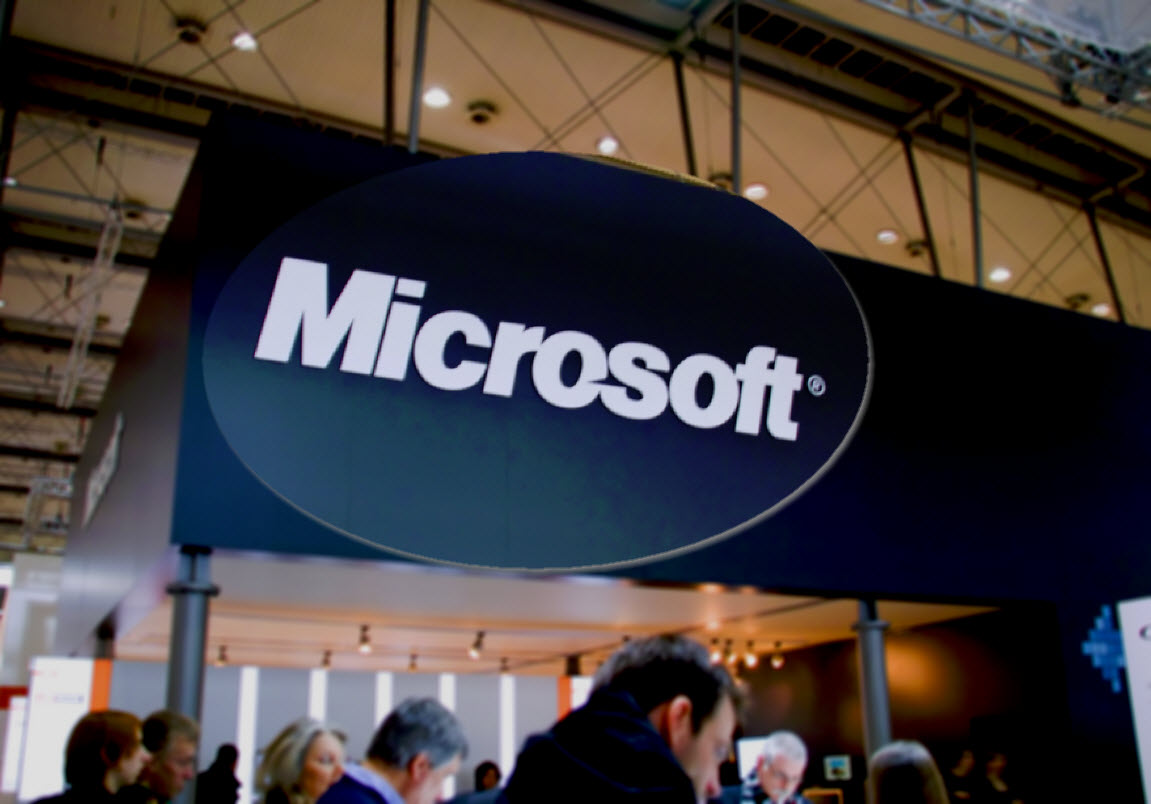Despite the fact that there have been many high profile cases of cyber attacks, apps remain vulnerable.
A recent study conducted by Bluebox has shown that virtually no travel apps have gone to the extent of adding encrypted data to protect them from mobile security breaches, and several are made with vulnerable code.
Even though there have been countless cyber attacks in recent headlines, added security hasn’t become a priority.
The attacks to companies as large as Target and Ashley Madison could have acted like a mobile security wake up call, but it’s clear that this has not been the case. Even though the evidence is strong that mobile app security is important to consumers, and there is great concern about hacks among companies and individuals, alike, app developers don’t seem to be building it in. Bluebox, a mobile app security and analytics company has conducted an analysis that has shown that the average person is surprisingly vulnerable to hacking through mobile devices.
The focus on the mobile security study was primarily on travel apps, which showed considerable holes.
 Among 10 top Android travel apps, Bluebox found that only one of them had encrypted the data that it was storing on the user’s device. Among 10 of the top iOS travel apps, there wasn’t a single one that had encrypted the data stored on the device. Furthermore, only 2 out of the 10 Android apps that were analyzed and only 1 of the 10 iOS apps analyzed had used certificate pinning. Bluebox explained that certificate pinning is “a key capability for securing app data in transit.”
Among 10 top Android travel apps, Bluebox found that only one of them had encrypted the data that it was storing on the user’s device. Among 10 of the top iOS travel apps, there wasn’t a single one that had encrypted the data stored on the device. Furthermore, only 2 out of the 10 Android apps that were analyzed and only 1 of the 10 iOS apps analyzed had used certificate pinning. Bluebox explained that certificate pinning is “a key capability for securing app data in transit.”
The lead security analyst at Bluebox Security, Andrew Blaich, explained that among the most important activities of a mobile app is to ensure that it is encrypting data that is written. He also pointed out that “We also want to make sure that the data is not easily accessible at all.” Of all the apps that were analyzed in this study, only one of them had actually employed data encryption.
That said, it was pointed out that in that instance, this mobile security step was “hard-coded into the source code,” which means that it would still be simple for someone to decrypt the data from the source code.
The HoloLens has made it into the headlines quite regularly but may not be available for half a decade.
There are a growing number of entrants making their way into the augmented reality headset realm, but despite the increasingly large number of devices, this category remains quite small, is far from mainstream, and most will admit that the devices themselves have not quite reached the point in which the average user will be using them.
Microsoft appears to be no exception to this trend as their HoloLens now looks to be half a decade away.
The augmented reality head mounted display (HMD) called the Microsoft HoloLens is “really a five-year journey,” said Satya Nadella, the CEO of the company when speaking at the Dreamforce customer conference from Salesforce, last week. Despite the fact that HoloLens is soon to be rolled out on a very slow and gradual basis within certain specific industries. This will be the first slow step that will occur well before consumers ever see it on their own market shelves. This will give the company the opportunity to test the headset before attempting to appeal to the average consumer.
These augmented reality glasses were also supposed to head to space, but were blown up in an explosion this summer.
 Still, the HoloLens is among the products that has generated the most excitement for the company over the last while, as the demos have been quite successful until now. The headset uses AR technology to superimpose digital images over top of the view of the real world. The wearer can interact with those digital images while still being able to see what is going on around him or her.
Still, the HoloLens is among the products that has generated the most excitement for the company over the last while, as the demos have been quite successful until now. The headset uses AR technology to superimpose digital images over top of the view of the real world. The wearer can interact with those digital images while still being able to see what is going on around him or her.
Despite the fact that this kind of AR technology requires a considerable amount of computing power, Microsoft is determined to make it possible for the HoloLens to function without having to be paired with a computer.
At the same time, packing all that computing power – in the form of sensors, processors, and other gadgets – into what is essentially a pair of glasses (that are attractive enough that a consumer will wear them) is the primary challenge being faced. Because of this, it will require more time before these augmented reality gadgets are finished.
 Among 10 top Android travel apps, Bluebox found that only one of them had encrypted the data that it was storing on the user’s device. Among 10 of the top iOS travel apps, there wasn’t a single one that had encrypted the data stored on the device. Furthermore, only 2 out of the 10 Android apps that were analyzed and only 1 of the 10 iOS apps analyzed had used certificate pinning. Bluebox explained that certificate pinning is “a key capability for securing app data in transit.”
Among 10 top Android travel apps, Bluebox found that only one of them had encrypted the data that it was storing on the user’s device. Among 10 of the top iOS travel apps, there wasn’t a single one that had encrypted the data stored on the device. Furthermore, only 2 out of the 10 Android apps that were analyzed and only 1 of the 10 iOS apps analyzed had used certificate pinning. Bluebox explained that certificate pinning is “a key capability for securing app data in transit.”
 Still, the HoloLens is among the products that has generated the most excitement for the company over the last while, as the demos have been quite successful until now. The headset uses
Still, the HoloLens is among the products that has generated the most excitement for the company over the last while, as the demos have been quite successful until now. The headset uses 